Have you ever been stuck in a conversation where it seems like you’re the only one who doesn’t talk the language of your company? It is indeed a very awkward moment when you and a group of friends and peers talk about something then suddenly they use a word that you’re not really sure what it pertains to.
You can always interrupt the flow of the conversation and ask them what they mean and what they’re talking about, but do you really want to? If you’ve ever experienced this with your car-engrossed buddies, then don’t worry because we got you covered on car terms 101.
Read on about the jargons and terms that engine-heads use to pertain to certain ideas and objects regarding cars and vehicle. After this quick lesson from Philkotse.com, you’re bound to get it on the conversation again.
1. A, B, C Pillars
When you say "pillar", the first thing that usually pops into people's mind is columns made of strong material. These usually support whatever is placed above it, and it is usually more than one, hence the name, pillars.
In cars, pillar A is actually the column-like part that holds the left and right side of the windshield. The B pillar is that space on the edge of the driver’s seat and its pairing pillar is where the passenger’s seat ends. The third pillar, C is the one closest to the rear window.
There are also D pillars in longer vehicles, and you can pretty much tell where to find it.
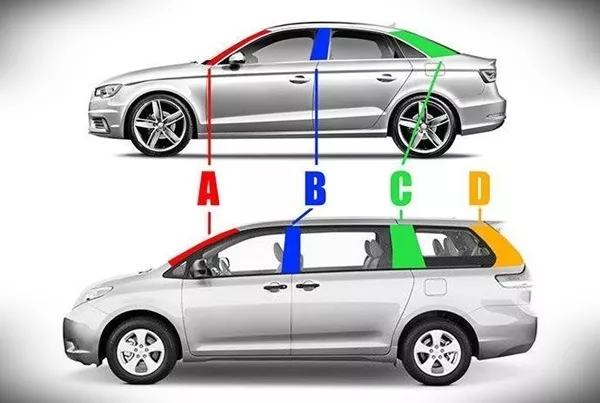
There are different car pillars names pillars A, B, C, and there are also pillar D
>>> Read more: 6 basic concepts about cars that you should know.
2. Torque Steer
Torque steer isn’t a part or a car setting. It’s an ugly situation that happens when you step on the gas. Instead of just plain accelerating straight when your steering wheel is also straight, it goes to some other direction. This scenario often happens in Front Wheel Drive automobiles but can also happen in all other cars.
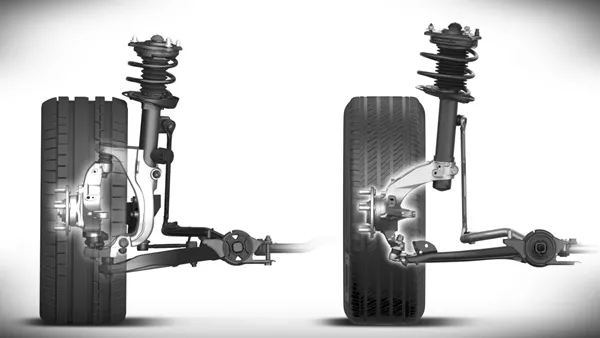
Torque steer isn’t a part or a car setting
3. Pound-Foot (singular)/Pound Feet (plural)
This is a unit of measurement that is used to measure torque. It is usually written as lb.-ft. This unit, along with horsepower, should be enough to tell anyone whose engine savvy all he wants to know about a car engine’s capabilities.
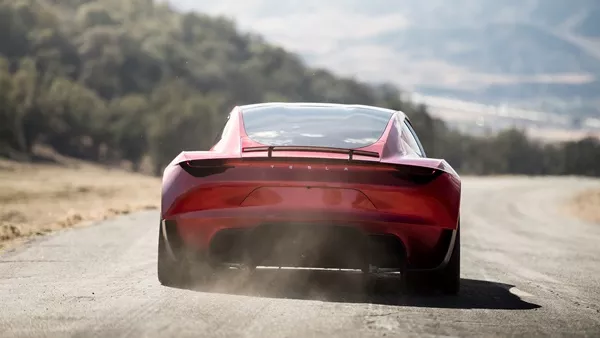
Pound-foot is a unit of measurement that is used to measure torque
4. Brake Bias
What is brake bias? It probably has something to do with the brakes, right? And you’re correct; brake bias is the way braking power is distributed to the front and rear wheels of the vehicle.
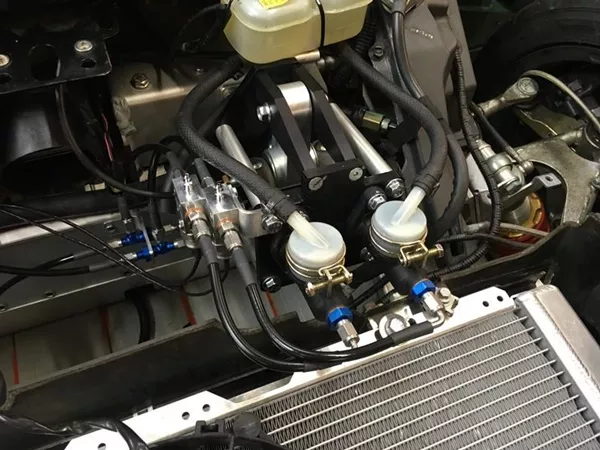
Brake bias is the way braking power is distributed to the front and rear wheels of the vehicle
>>> Also check: How to use your car brakes properly.
5. OBD
This is an acronym for the words "onboard diagnostics.” To help you understand, think of the modern cars you see now.
If you have one, then surely you understand that it runs on a portion of computers and has bits of artificial intelligence here and there. You’d eventually notice that most of the computer functions work by giving you information if there is something wrong with the car.
These used to be special codes that you would have to learn to decipher, but to this day, they are called OBD.
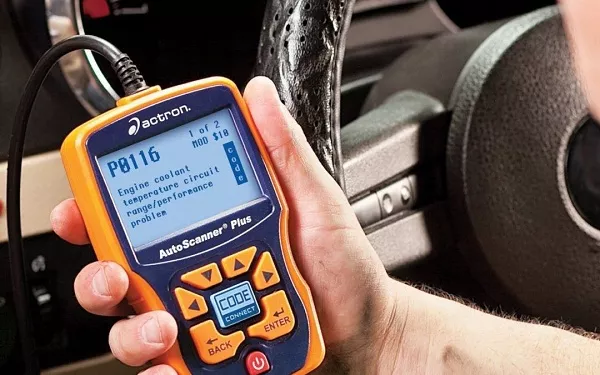
With OBD-2 Scanner, all car codes are displayed
6. Blipping the throttle
Here is another weird and unusual expression; blipping refers to the act of applying short kicks to the accelerator. This applies to whatever you're doing, whether you're heating up the car's engine or doing a maintenance check.
If you're kicking into the accelerator for short moments without the car actually moving, then you’re blipping the throttle.
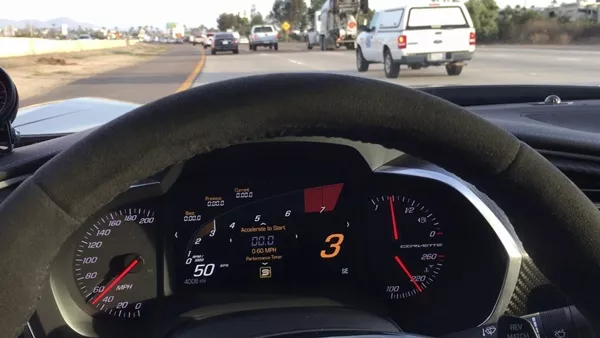
If you're kicking into the accelerator for short moments and the car not moving, then you’re blipping the throttle
7. Downforce
Have you ever played cool racing games on your computer before? If you had, then you might have had a chance to encounter this particular word when you’re trying to tune your engine.
While you can make guesses in the game and apply as much or as less downforce as you like, you might want to know what it means before applying it in the real words.
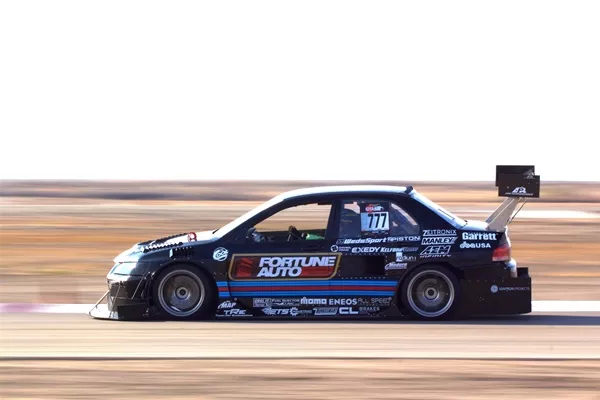
Downforce is the aerodynamics that comes together to help push your car on to the road for better traction
Downforce is the aerodynamics that comes together to help push your car on to the road for better traction. This principle was actually applied to formula one racing cars to help them stay contacted. With this, they can stay gripped on the ground while there’s a strong wind from aerodynamics that is attempting to lift it.
8. Understeer
Understeer happens when a driver attempts to make a car turn a corner. In the event of understeer, the front tires will begin to lose traction even before the rear tires do. This means the rear part of your car is hard gripping unto the road while the front will have its own mind and refuse the direction in which you turn the wheels.
If you ever experience this situation, stay calm and simply take your foot off the accelerator slowly. You can step on it again slowly this time and hope you make your turn.
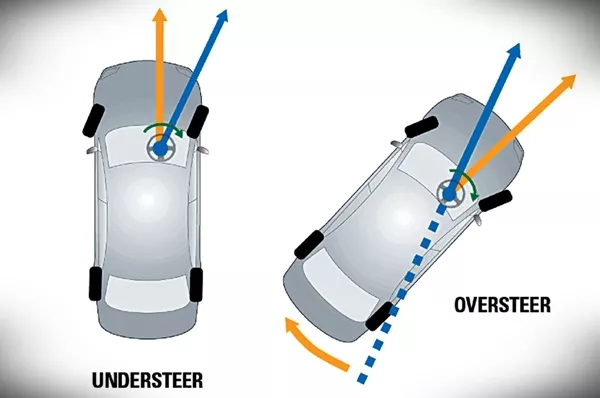
Understeer happens when a driver attempts to make a car turn a corner
>>> You might want to read: Must-know tips to avoid oversteer & understeer.
9. Beltline
There are indeed parts that are referred to as “belts” under the car hood. However, if you’re talking about beltline, then that is a completely different thing. Beltlines are actually the lowest portion of the car where you can see the glass pieces all end.
10. Opposite Lock
When you’re driving your regular speed, and instead of turning the steering wheel where you want to go, you crank it in the opposite direction of where the wheels should head for. This makes the car scoot sideways while still having that speed it began with.
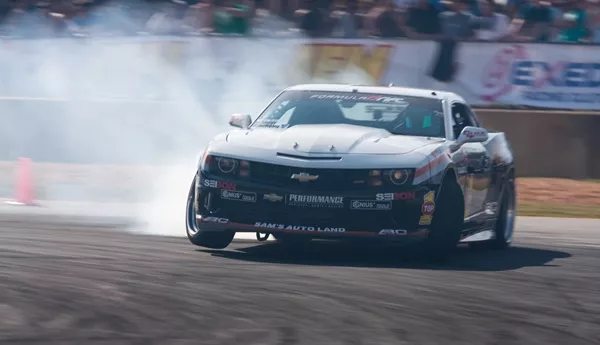
Opposite lock is aimed to maintain speed even when making turns in rallying and drifting competitions
If you’re into car-animated movies then you may have heard the phrase “Turn right to go left,” this is actually called the opposite lock or also referred to as counter-steering, which makes a lot more sense.
You would often see drivers use these as tricks for show or techniques to maintain speed even when making turns in rallying and drifting competitions.
11. Drop-head
If you’ve never heard of this, what do you think it means? Is it perhaps a killer driving trick that’s more amazing than reverse-driving? Is it a kind of screw that fits only in a specific place?
Well, if you guessed anything close to those things, then you’re wrong. The term drop head actually pertains to a literal “convertible car.” This originated in the British slang, probably because they think the word “convertible” was way too overused.
Don’t forget to visit Philkotse.com for helpful car tips & advice!
Recent posts
- An easy explanation of Electronic Stability Control (ESC) Aug 16, 2022
- 10 Must-know Car Engine Sensors Aug 09, 2022
- All you need to know about ABS - Anti-lock braking system Feb 27, 2019
- 4 simple methods to tell if a car is a front-wheel drive or rear-wheel drive Oct 20, 2021
- The ins & outs of car transmission and drivetrain Jan 31, 2019












